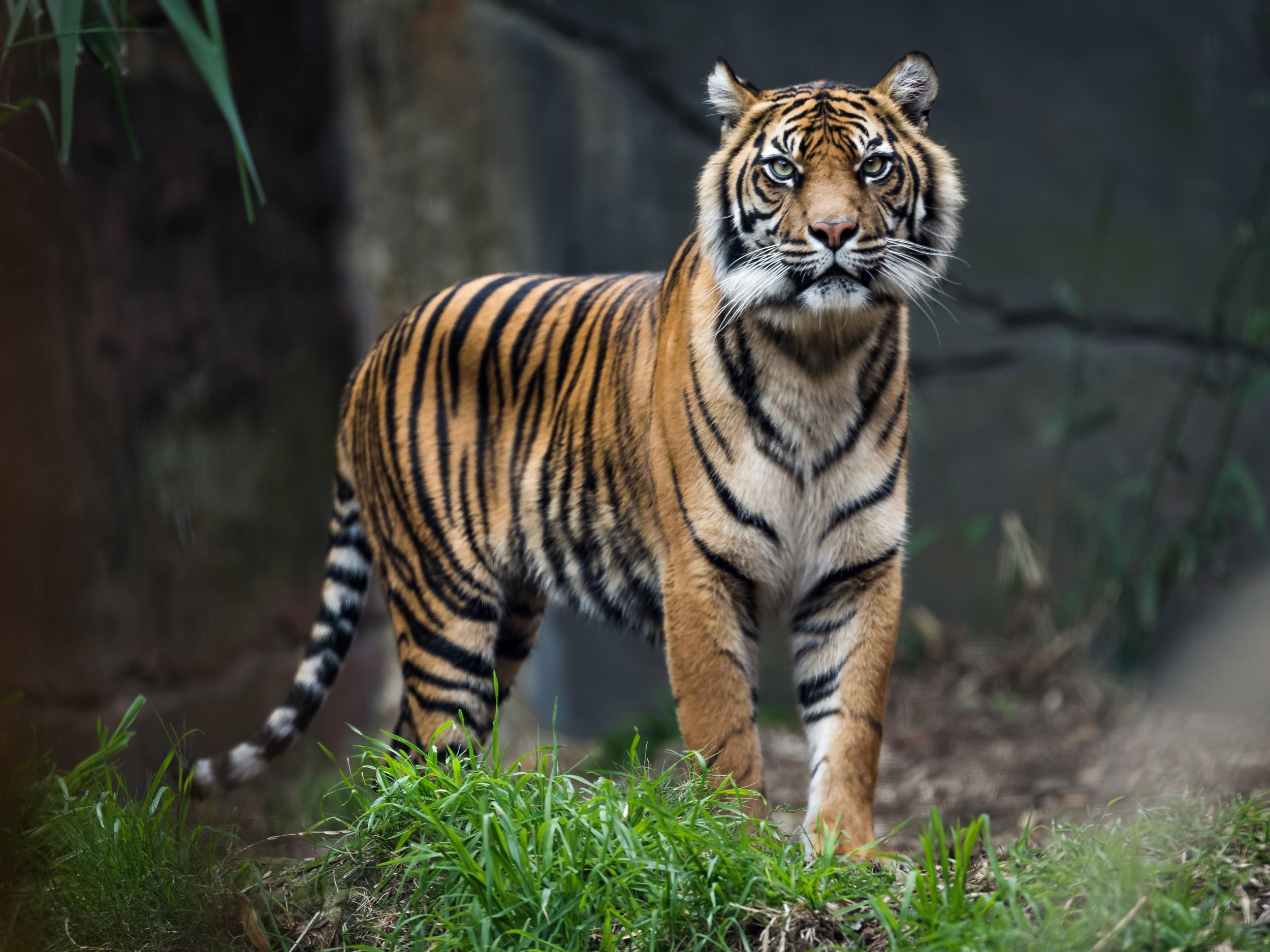Reclassifying remaining 4,000 tigers in world could help save them from extinction, research says
Preserving their genetic diversity will require making sure all six remaining subspecies are taken into account, according to author of research

Fewer than 4,000 tigers remain in the wild, but now new research aims to give conservationists an improved understanding of their genetics to help save them.
After years of debate, scientists report in the journal Current Biology that tigers comprise six unique subspecies. One of those subspecies, the South China tiger, survives only in captivity.
“The results presented in this paper are important because they contradict the currently accepted international conservation classifications for tigers,” said Uma Ramakrishnan, a molecular ecologist at the National Centre for Biological Sciences in Bangalore, India, who was not involved in the study.
A system recently proposed by some scientists that would classify the world’s tigers into two subspecies would harm the world’s remaining tigers rather than benefit them, said Shu-Jin Luo, a geneticist at Peking University who led the study.
Preserving what is left of tigers’ genetic diversity will require ensuring that all remaining subspecies are taken into account, she and her co-authors argue.
“If you think that all tigers are genetically homogeneous, you might say if you lose the Amur tiger, you still have the Bengal tiger - and that’s OK because they’re very similar,” Ms Luo said.
“But that’s not OK, because now we know that tigers are not all alike.”
Ms Luo hopes that their new findings put to rest a decade-long debate over whether tigers constitute six, five or two subspecies.
In 2004, she and her colleagues first presented research that tigers constitute six living subspecies, based on partial genomic analyses. But other researchers soon challenged the findings.
The latest analysis confirmed six living subspecies: Bengal, Amur, South China, Sumatran, Indochinese and Malayan.
Scientists also believe that three additional subspecies - Caspian, Javan and Bali tigers, described in the 1930s – already have been lost to extinction.
The distinction between species and subspecies is sometimes hazy. Although two different subspecies can mate and produce viable offspring, subspecies often are separated by distinct habitats, different environmental adaptations and unique genetic and morphological features.
Subspecies, many researchers believe, are evolution’s intermediary steppingstones on the path to fully formed species.
Armed with more affordable and robust genomic technologies, Ms Luo and her colleagues strengthened their original findings.
Previously, just one complete tiger genome had been sequenced. In the new study, the researchers undertook whole-genome sequence analysis of 32 preserved wild tiger specimens from around the world.
A statistical analysis of 1.8 million DNA variants across the specimen tigers’ genomes finalised the breakdown into six distinct subspecies.
“While genomic methods have been applied extensively to humans and model organisms, their use to study endangered species remains under-exploited,” Ms Ramakrishnan said.
The analysis also offered a window into the evolutionary history of tigers. Fossil evidence indicates that the predator evolved about two million years ago in Asia.
The new study revealed that tiger subspecies last shared a common ancestor relatively recently, about 110,000 years ago, likely in modern-day Southeast Asia and southern China. As the climate changed, tigers expanded west to India, north to China and Siberia and south to Indonesia and Malaysia.
In the tens of thousands of years since, tigers have evolved into subspecies with distinct genomic signatures.
For example, the researchers found that Sumatran tigers - which live on a single island in Indonesia and were the first to diverge from the other subspecies - possess genes associated with smaller body sizes relative to most tigers on the mainland. This lines up with morphological observations and ecological expectations, Ms Luo said.
“In India and Siberia, tigers prey on large ungulates, but in Sumatra, they rely more on wild boar and smaller deer,” she said. “It makes sense that smaller prey would exert selection pressure for smaller tigers.”
An estimated 100,000 tigers roamed Asia’s forests, swamps and grasslands a century ago. But poaching, habitat destruction and retaliatory killings have sent their numbers spiralling downwards; today, more tigers survive in captivity than in the wild.
Tigers have already disappeared from Cambodia and Vietnam, and only a few stray, isolated individuals are thought to survive in the wild in Laos and China.
Ullas Karanth, the Asia director of science for the Wildlife Conservation Society, praised the new study for advancing the scientific understanding of tiger genetics, but he cast doubt on the feasibility of saving all six subspecies. “The numbers in all but the Indian and Russian subspecies are just too small,” he said.
Tiger populations with a reasonable prospect of survival occupy only about 10 per cent of their potential habitat, and the pressures are only mounting, Mr Karanth said.

Rather than focus on genetics, efforts to maintain and recover tigers should give priority to the locations where conservation seems most realistic and promising, he said.
The study authors argue, however, that saving tigers from extinction also entails saving their genetic diversity.
“To preserve such genomic signatures is to preserve evolutionary uniqueness that tigers have accumulated over thousands of years,” Ms Luo said. “We need to respect this uniqueness by maximising our efforts for all tiger subspecies.”
New York Times
Join our commenting forum
Join thought-provoking conversations, follow other Independent readers and see their replies
Comments
Bookmark popover
Removed from bookmarks